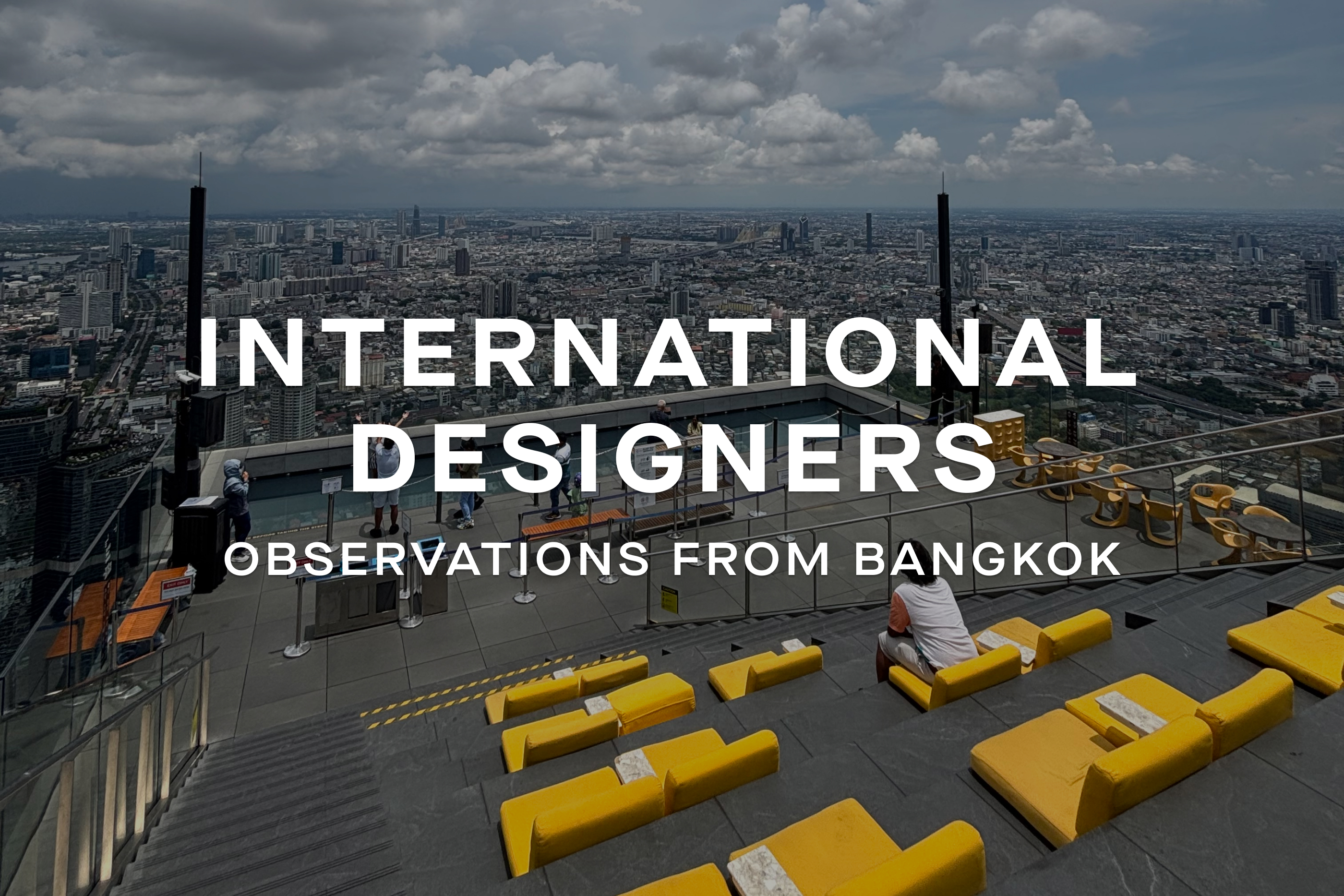Melissa Dewar explores how current technologies can advance the process of designing sustainable and adaptive buildings

In partnership with the University of Cambridge, Rigby & Rigby's CEO, Iain Johnson, was a guest critic at the MSt Architecture course. Iain shared design and delivery knowledge to give some useful comments and feedback to the project teams. The design module being reviewed was one that focuses on the advances of digital fabrication and low-carbon design.

The project had to reflect a continuous and conscious assessment of its relevant environmental impact, aiming to meet the RIBA 2030’s climate challenge target metrics. Furthermore, it had to be the result of parametric and performance-based design optimisation.

Melissa Dewar's groups presentation named Omen by the sea focuses on the design of a floating observatory located at The Needles in the Isle of Wight. The Isle of wight is one of the areas of England with an alarming level of impact from rising sea levels. This will lead to faster cliff retreat, threatening the coastal communities and infrastructure.The architecture strategy for the project was based on three key principles:
- First is Typology: allowing the programme for the project to dictate the form.
- Second is Relationship to the Context: ensuring the design has a common language with its surrounding.
- Third is Connectivity: The scheme fits in between the three Needles rocks and interacts directly with them providing increasing connectivity between the existing context sites.

"In utilising parametric design from the beginning, we were able to design a responsive and adaptive floating structure that not only is intelligent but also fits into its context in a seamless manner" say Melissa.There are three key parts of the scheme which includes the: Floating deck, The Needles Rocks and The ObservatoryThe Floating Pier acts as the connection between our structure and the key National Trust sits that make up The Needles.

The Walkway acts as the wooden elliptical structure that wraps around the main observatory and oceanography centre. This utilises a tidal management system employed on wind farms to respond to the seasonal change of sea-levels"The Observatory is inspired by the lattice structure by the top of The Needles Lighthouse and would be constructed of Accoya Timber. The façade was designed parametrically in order to respond to light and solar gain. Not only this but we propose that the structure can be assembled in modular units offsite and then transported to the site for installation in order to reduce the carbon footprint. Assembly would rely on automation and robotics".

Melissa goes on to explain that "the use of timber to build high-rise structures is becoming a design solution that we wished to explore in-depth. Therefore, we heavily researched the use of Accoya and Ekki timber both of which demonstrate strong durability in marine environments"."Detailed calculations that were carried out throughout the design process allowing us to reach conclusive decisions on which materials gave us the lowest embodied carbon. Using timber allowed our proposal to have an embodied carbon reduced by 150 %"The group were compelled by the quote by Cedric Price which says ‘Technology is the answer but what was the question’

Melissa Dewar is now an Architectural Assistant at Rigby & Rigby. She continues to expand her knowledge, showcasing her creativity and skill on groundbreaking projects with the Rigby & Rigby team.






.jpg)





.jpg)














